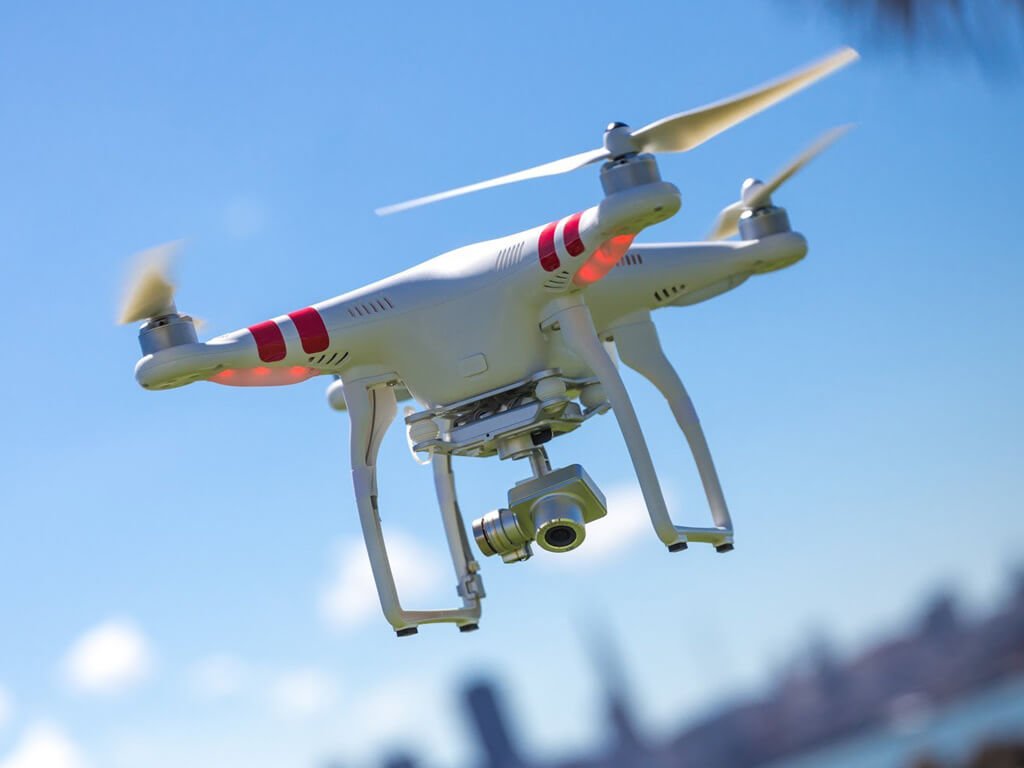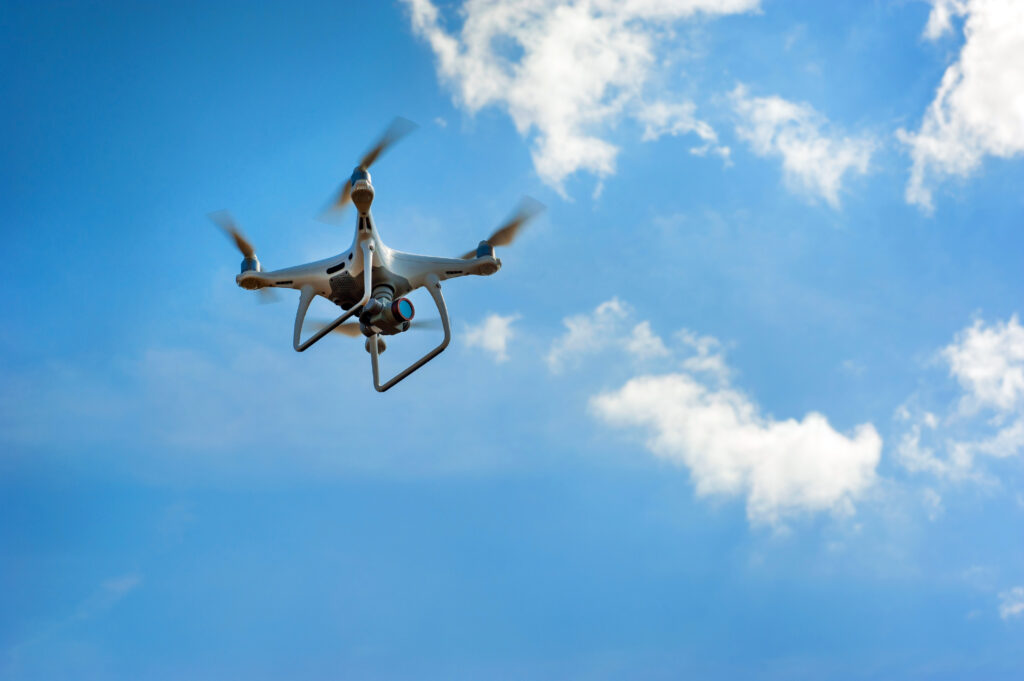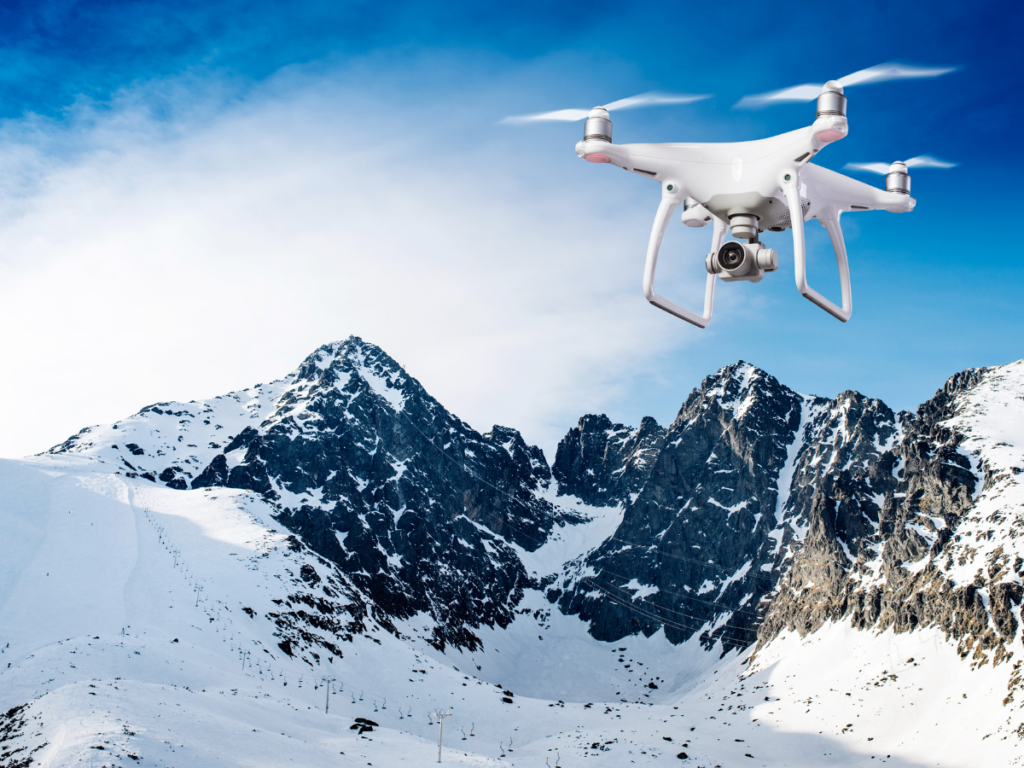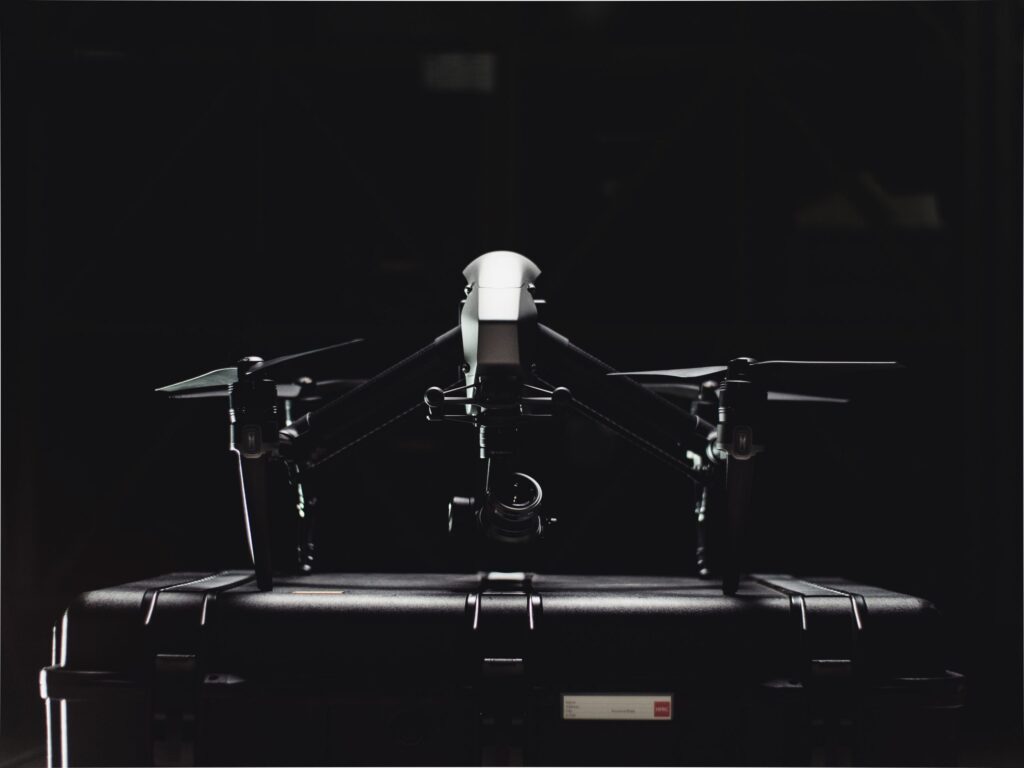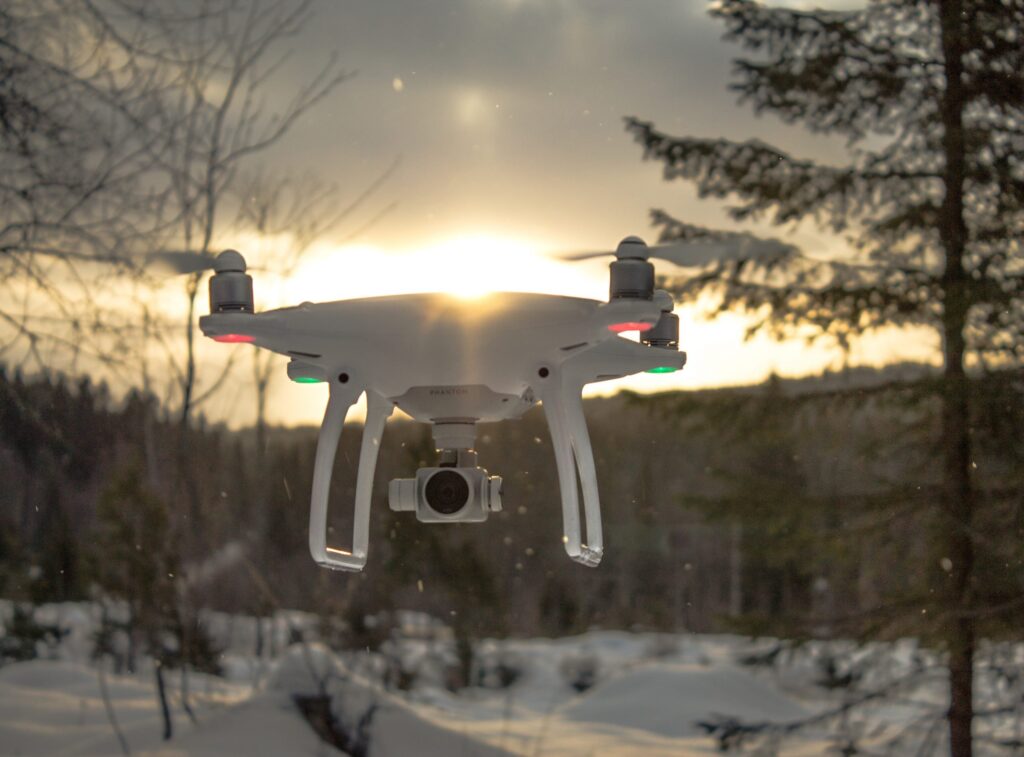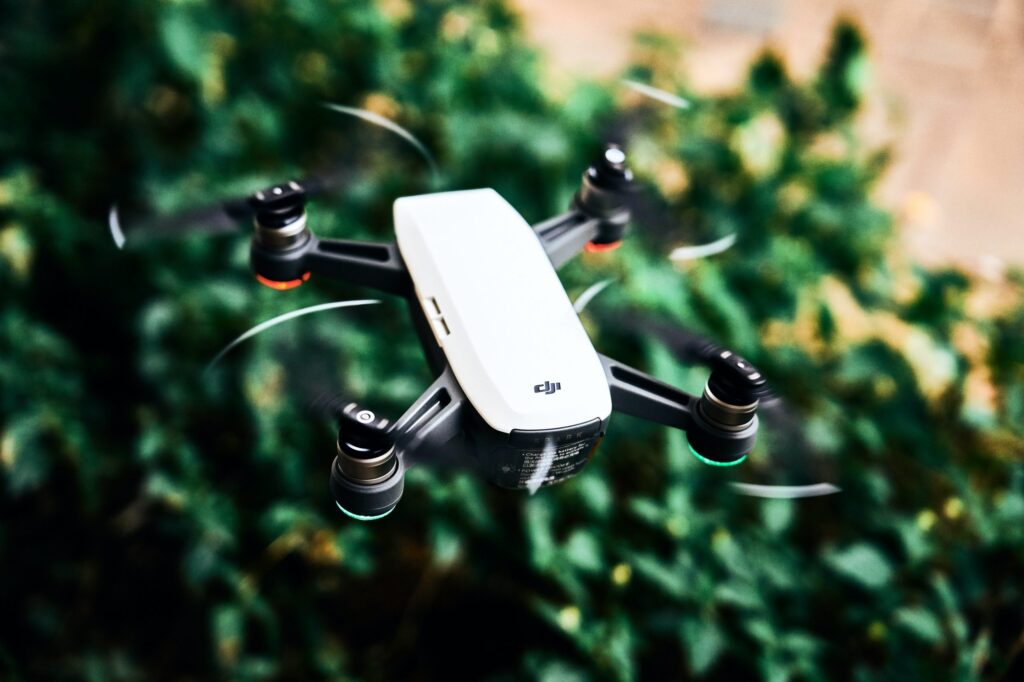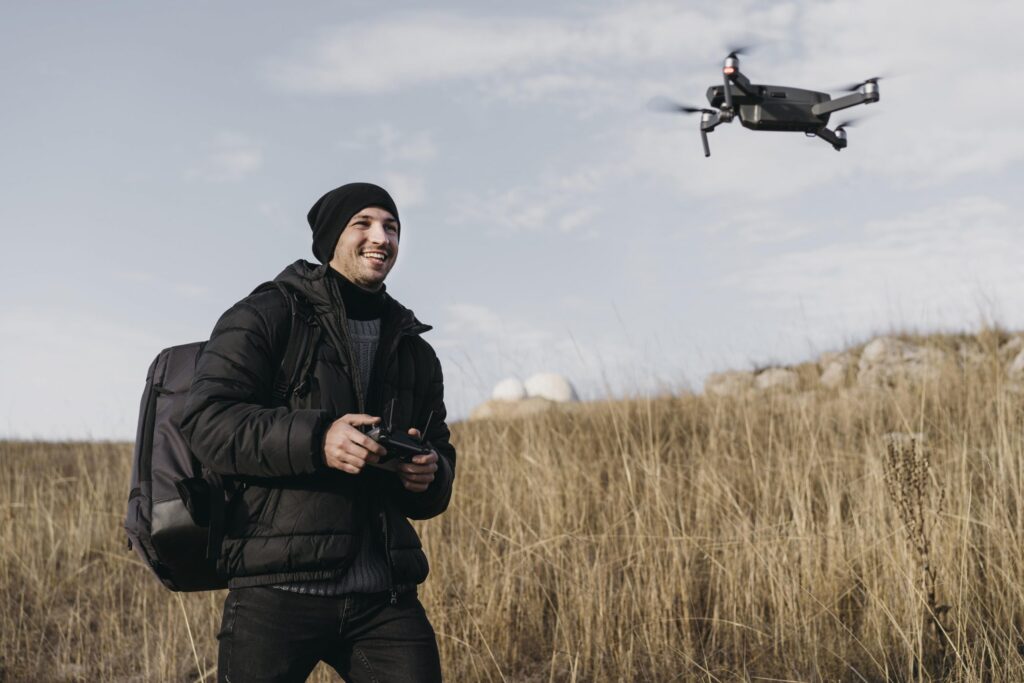Canada is a fantastic place to fly a drone, but knowing the drone rules in Canada is the only way to stay safe and legal when you take to the skies. Here are 10 key rules you don’t want to forget:
Your Drone Is Subject to Canadian Aviation Regulations
For the most part, Canadian Aviation Regulation section IX has the rules that apply to drone use. If you’re planning on flying bigger drones or want to use them near people, you’d be well-advised to get familiar with the whole document, however.
Your Drone Is Subject to Non-Drone Specific Laws
While there are plenty of drone-specific regulations now, you also have to be careful you don’t fall afoul of laws about mischief, breaking and entering, privacy violations, or trespassing. As a good rule of thumb, if you may not do it in person, you may not do it with your drone, either.
You Must Register Your Drone
Before you can legally fly, you must register your drone with Transport Canada and clearly mark the registration number on the drone.
You Need a Pilot Certificate
If you don’t need to fly in controlled airspace, closer than 30 metres (horizontally) from people, or go over any bystanders, you can get the basic certification. If you need or want to do any of these three things, you’ll need an advanced certification. Always carry your documentation with you when you fly.
You’re Not a Bystander
When you determine whether or not you’ll be flying near or over bystanders, you can exempt yourself as the pilot and anyone else directly associated with operating the drone.
You May Need to Pass a Flight Review
If you are seeking an advanced pilot certification, you’ll need to find a flight reviewer at a drone school and pass a flight review demonstrating your ability to control your drone before you can legally take to the skies.
You Need NAV CANADA Permission in Controlled Air Space
Even if you have an advanced pilot certification, you still need to get specific RPAS flight authorization from NAV CANADA if you’re going to fly in Class C, D, or E controlled airspace. This is another document you’ll need to have with you whenever you’re conducting an operation.
You Have to Watch Where You’re Going
You can’t fly your drone out of sight, above 122 metres, or over any kind of emergency operation or official event. (Sorry: no photos of the forest fire or that parade!) Keeping your drone in sight means you have to be able to see it without using any visual aid, like binoculars, and you can’t fly it around even partial obstructions that might block your view.
You Need the Right Drone for Advanced Operations
If you’re doing basic operations, you can use any drone; but if you plan on flying any advanced operations, you’re responsible to ensure the drone you use has the RPAS Safety Assurance rating appropriate to exactly what you’re doing.
You Could Be Penalized
As an individual, you face penalties of up to $1,000 for flying without a pilot certification, flying where you’re not supposed to, or using an unmarked or unregistered drone. If the authorities think you’ve put any people or aircraft in danger, the fine goes up to $3,000. For corporations, these same penalties are up to $5,000 and $15,000 respectively.
Learn All the Drone Rules in Canada
Reach out to Drone Pilot Training today and find out how we can help you get your certification, keep your knowledge and skills up-to-date, and stay on top of all drone rules in Canada so you’re always safe and legal.

